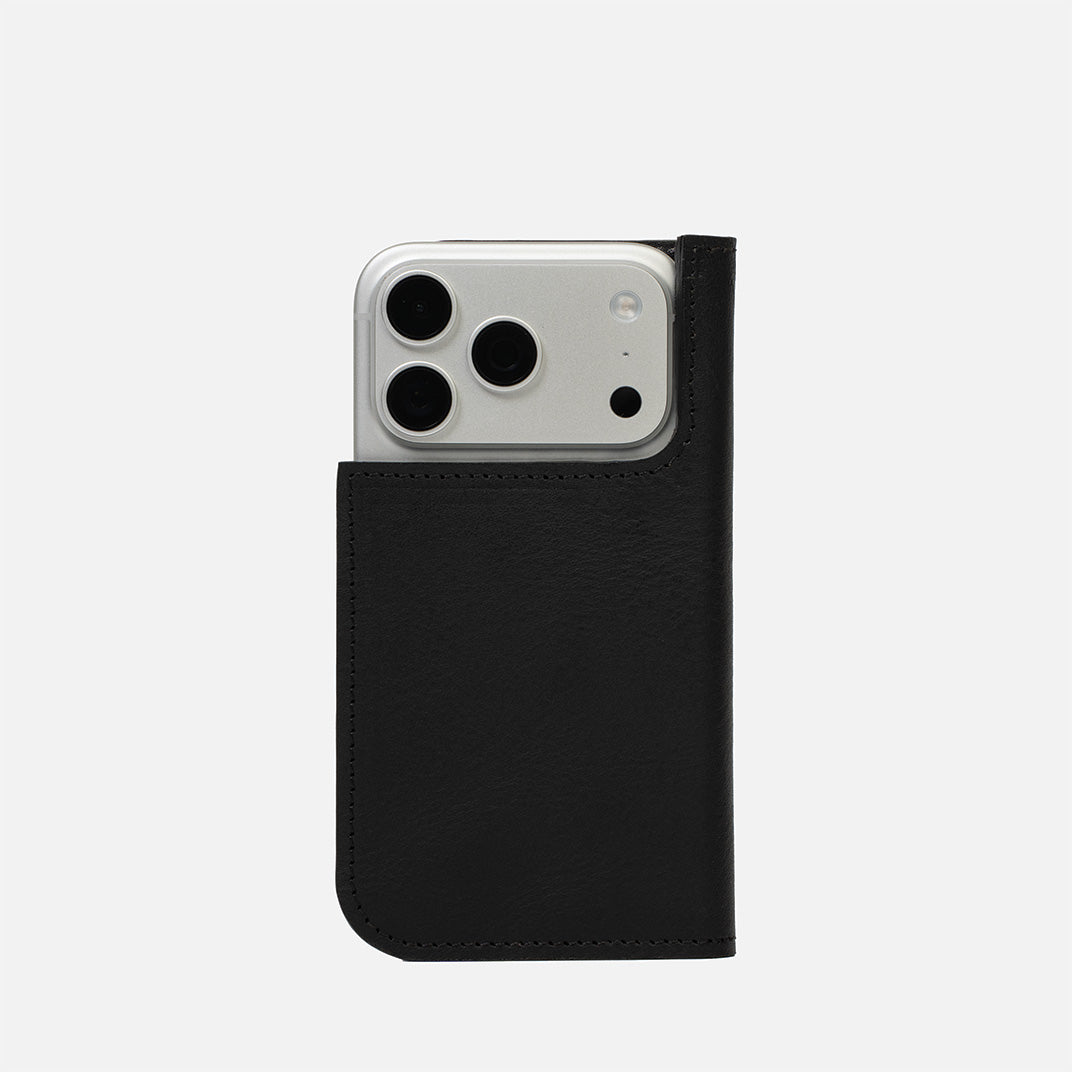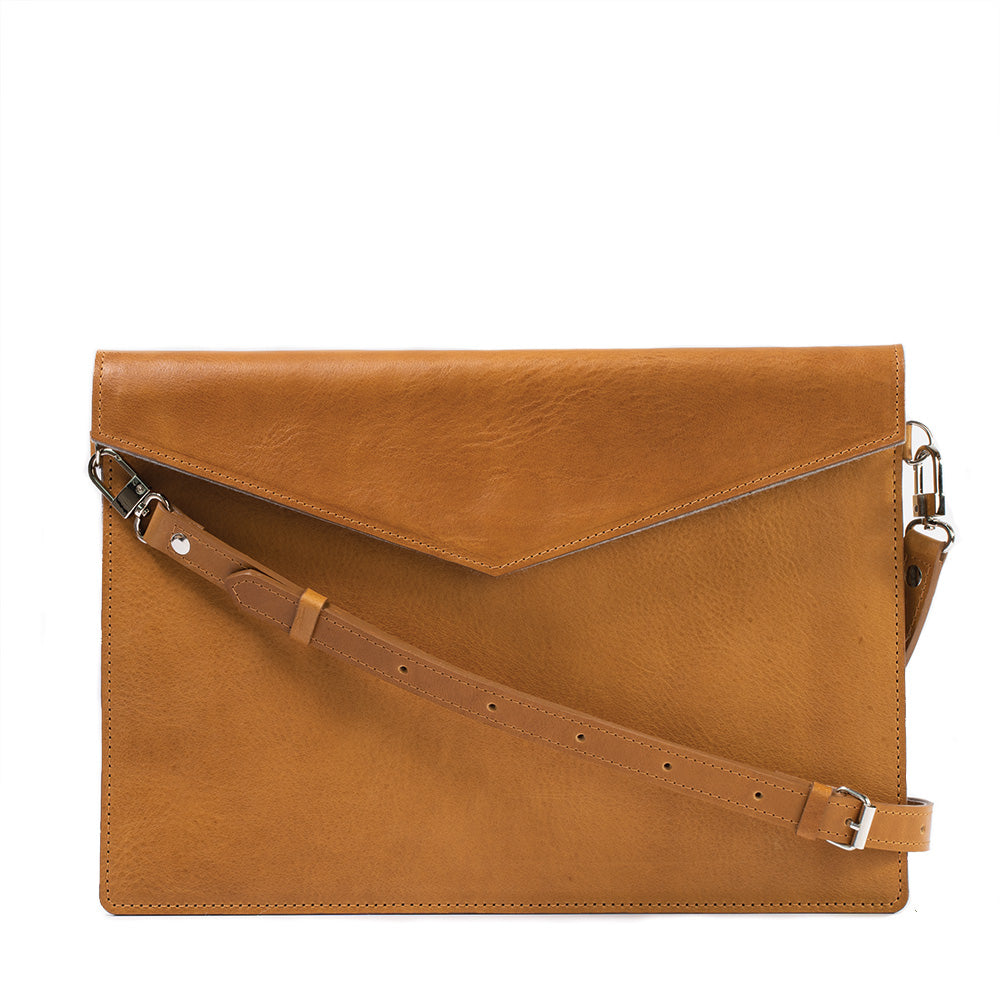This article aims to dissect the differences between the iPad Pro M4 and its predecessor, the M2, highlighting the technological strides made in the latest model. By comparing the two, we seek to help professionals understand the upgrades each version offers and determine which iPad Pro model best suits their specific needs and workflows. Whether you're considering an upgrade or choosing your first professional tablet, this guide will provide the insights needed to make an informed decision.
Overview of Both Models
iPad Pro M2

Released in 2021, the iPad Pro M2 marked a significant leap forward in Apple's pursuit of high-performance tablets tailored for professional use. Equipped with the M2 chip, it brought notable improvements in processing speed and graphics performance compared to its predecessors. The M2 model featured a Liquid Retina XDR display, which was lauded for its stunning visual output, making it a preferred choice for creative professionals who require precise color accuracy and high brightness levels. This model set a new benchmark for what professionals could expect from a mobile computing device, combining the power of a computer with the portability and ease of use of a tablet.
iPad Pro M4

Stepping forward to 2024, the introduction of the iPad Pro M4 brought another tier of enhancements, particularly in terms of processing power and display technology. The M4 chip included advances such as hardware-accelerated ray tracing and increased overall efficiency, pushing the boundaries of what could be done on a portable device. The M4 model features an Ultra Retina XDR display, further enhancing the visual experience with higher brightness and more dynamic range. It also continued to improve on design, becoming thinner and lighter, thus reinforcing Apple’s commitment to innovation in the professional tablet market.
Performance Enhancements
Impact of the M4 Chip

The introduction of the M4 chip has significantly impacted the performance capabilities of the iPad Pro. It allows for more complex tasks to be performed with greater speed and efficiency, including advanced video editing, large-scale graphic design projects, and seamless use of professional software that was once only manageable on high-end desktops. For instance, video editors can experience quicker rendering times, and graphic designers can work with high-resolution images without experiencing lag.
CPU and GPU Advancements
The transition from the iPad Pro M2 to the M4 model represents a significant leap in processing power and graphical capabilities. The M2 chip, released in 2021, was already a powerhouse with an 8-core CPU that delivered fast performance suitable for professional apps, multitasking, and high-end gaming. However, the M4 chip introduces an even more robust framework, featuring a 10-core CPU that offers up to 1.5 times the speed of the M2. This enhancement not only speeds up general operations but also handles more complex processing tasks effortlessly.

The GPU capabilities have seen a similar uplift. While the M2 was celebrated for its graphics performance, the M4 chip pushes boundaries further with up to four times the graphics performance. This is partly due to the addition of new technologies like hardware-accelerated ray tracing, which allows for more realistic lighting and shadow effects in graphic-intensive applications and games. This feature is particularly beneficial for professionals in 3D modeling, architecture, and design, where visual accuracy and detail are paramount.
Display Technology

Advancements in Display Technology
The iPad Pro series has always been at the forefront of display innovation, and the shift from the Liquid Retina XDR to the Ultra Retina XDR display in the M4 model is a testament to Apple's commitment to visual excellence. The Liquid Retina XDR display, featured in the M2 model, was highly praised for its stunning color accuracy, brightness, and contrast, making it ideal for professionals working in visual arts and photography. However, the Ultra Retina XDR display on the M4 takes these attributes to new heights.

The Ultra Retina XDR display improves upon its predecessor by offering even higher brightness levels and a greater contrast ratio. With a peak brightness of up to 1600 nits and a 2,000,000:1 contrast ratio, the display on the M4 allows for deeper blacks and more vibrant whites. This is particularly crucial for professionals who need precise detail in their visual work, as it ensures that colors are reproduced faithfully and details are crisp and clear, even in varied lighting conditions.
ProMotion Technology and Screen Enhancements
ProMotion technology, which was already present in the M2, continues to be a key feature in the M4 model. This technology provides an adaptive refresh rate of up to 120Hz, allowing for smoother motion content and more responsive touch interactions. ProMotion is especially beneficial for dynamic content creation like animation or when using stylus-driven applications, as it ensures fluid motion without lag.

In addition to these, the M4 model's display includes new technological enhancements that cater to professional needs. For instance, the option for nano-texture glass is available for those who opt for 1TB or 2TB models, which reduces glare without compromising on contrast, making it ideal for use in bright outdoor environments or harshly lit office spaces.

Design and Build
Changes in Dimensions and Weight
The iPad Pro M4 showcases Apple's continuous drive to refine the aesthetics and ergonomics of its devices. Compared to the M2, the M4 version presents a sleeker and more streamlined profile. The M4 model is thinner and lighter, with the 13-inch variant measuring just 5.1 mm in thickness, compared to the slightly bulkier frame of its predecessor. This reduction in thickness and weight not only enhances the portability of the device but also contributes to a more comfortable handling experience during prolonged use, which is particularly beneficial for professionals who utilize their iPads on the go.

Overall Design Aesthetics
In terms of design aesthetics, the M4 continues Apple's minimalist design philosophy but with refinements that emphasize usability and performance. The bezels around the screen are slightly narrower, allowing for a more immersive viewing experience without increasing the overall footprint of the device. This is crucial for professionals who need a large display area for detailed work without the added bulk.
Color Options and Material Uses
The M4 model introduces new color options and material enhancements that distinguish it from the M2. While maintaining the classic Silver, the M4 adds a Space Black option, providing a sophisticated look that appeals to professional users. Furthermore, the use of recycled materials has been expanded in the M4 model, aligning with Apple’s environmental commitments. These materials not only reduce the environmental impact of the device but also maintain the high-quality feel that users expect from Apple products.

Differentiation in Material Use
The introduction of optional nano-texture glass on the higher storage capacity models (1TB and 2TB) is a significant differentiator for the M4. This feature targets professionals who work in bright or highly reflective environments by reducing glare without sacrificing color accuracy and contrast. The decision to include this option underscores Apple's focus on tailoring its products to meet the specific needs of its professional clientele, ensuring that each iteration of the iPad Pro not only pushes the envelope in terms of technology but also in customization and user experience.
Camera Capabilities of M2 and M4 Models
The iPad Pro has always featured powerful cameras that support both professional and casual use, and the advancements from the M2 to the M4 models are particularly noteworthy. The M2 iPad Pro was equipped with a capable camera system that included a 12 MP wide camera and a 10 MP ultra-wide camera, supporting 4K video recording which was sufficient for high-quality photo and video tasks.

The M4 model, however, enhances these capabilities significantly. While maintaining the 12 MP wide camera, improvements have been made in sensor quality and processing capabilities. The M4's camera system leverages the increased processing power of the M4 chip to deliver better low-light performance, more detailed photos, and more efficient video processing. The iPad Pro M4 also supports 4K video at various frame rates, including the professional-grade ProRes video format, making it even more suitable for serious video production work.
Advanced Features: Center Stage and True Tone Flash
One of the standout features introduced with the iPad Pro M4 is the enhanced True Tone flash, which now adapts more accurately to ambient lighting conditions to provide optimal illumination for photos and scans, making it particularly useful for professionals who rely on their iPad for document scanning and capturing fine details in various lighting environments.
Center Stage, first introduced with the M2, continues to be a feature in the M4 model but with enhanced functionality. This feature uses the ultra-wide front camera to keep users perfectly framed during video calls. As users move, the camera automatically pans to keep them in the center of the frame, and if additional people join in, it zooms out to include them in the view. This makes the iPad Pro M4 an excellent tool for virtual meetings and remote collaboration, providing a more engaging and flexible user experience.
Battery Life and Charging
Battery Life Comparison
The iPad Pro M2 already offered impressive battery performance, boasting up to 10 hours of web surfing on Wi-Fi or video watching. This benchmark was maintained with the iPad Pro M4, ensuring that despite its enhanced processing capabilities and brighter display, the battery life would not suffer. Both models also promise up to 9 hours of web surfing using a cellular data network for the Wi-Fi + Cellular versions.
This consistent battery life across generations is a testament to Apple's engineering focus on efficiency, particularly with the introduction of more powerful chips that could potentially drain battery faster. The M4's improved power management systems ensure that the increased performance does not come at the expense of battery life, which remains robust even under demanding usage scenarios.
Charging Technologies and Efficiency Improvements
With the M4 model, Apple continues to utilize USB-C charging, which offers a more universal charging solution compared to Apple's proprietary Lightning connector. This shift not only simplifies the charging process but also speeds it up compared to older models. The USB-C port on the iPad Pro M4 supports fast charging, allowing users to get back to full battery quicker.
Moreover, the M4 introduces advancements in charging technology and energy efficiency. While specific details on new technologies in the M4's charging system were not heavily promoted, the use of more efficient components and smarter power management software helps optimize charging times and reduce energy consumption when the device is in use or in standby mode.
Software

The iPad Pro M4 comes equipped with the latest version of iPadOS, which leverages the advanced hardware capabilities of the M4 chip to enhance overall performance and user experience. iPadOS on the M4 model introduces new multitasking features, improved use of external accessories, and enhanced application capabilities, all optimized to take full advantage of the increased processing power and graphics performance.
Compared to the iPad Pro M2, which also supports recent versions of iPadOS, the M4's software enhancements include more sophisticated AI and machine learning integrations. These allow for more intuitive interactions, such as improved handwriting recognition with Apple Pencil, and smarter suggestions in apps like Mail and Messages. The M4's Neural Engine drives these intelligent features, delivering faster and more responsive experiences that are noticeably smoother than on the M2.
Connectivity Options
Both the iPad Pro M2 and M4 models feature a USB-C port, which supports charging and high-speed data transfer. However, the M4 model enhances this connectivity with support for Thunderbolt 3, allowing data transfer speeds of up to 40Gb/s and compatibility with a broader range of high-performance accessories like faster external drives and more sophisticated external displays.
The M4 model can support external displays with resolutions up to 6K, which is a continuation from the M2 but optimized to perform better due to the enhanced GPU capabilities of the M4. This feature is particularly valuable for professionals who need more screen real estate for tasks such as video editing, 3D modeling, or extensive data analysis.
Enhancements in Wireless Connectivity
Both models offer high-speed Wi-Fi and optional cellular connectivity, but the M4 improves on these features with the latest Wi-Fi 6E technology, providing faster wireless speeds and more reliable internet connectivity. This is critical for professionals who need to maintain fast and stable connections for cloud computing, video conferencing, and large file uploads.
Professional Use Cases
The upgrades in the iPad Pro M4 over the M2 model open up several enhanced workflows for different professional sectors. Here’s how various professionals might benefit from choosing one model over the other:
Graphic Designers and Digital Artists
For graphic designers and digital artists, the M4's Ultra Retina XDR display, with its higher brightness and contrast ratio, makes a significant difference. The display offers more vivid colors and deeper blacks, essential for detailed visual work. Additionally, the hardware-accelerated ray tracing capabilities of the M4 allow artists to render complex images and effects more accurately and quickly. Designers using applications like Adobe Photoshop or Procreate will find the M4's enhanced GPU performance crucial for handling intensive graphic tasks without lag, making the M4 a preferable choice over the M2.
Video Editors
Video editors can leverage the M4's advanced video processing capabilities, particularly the support for 4K ProRes video. The faster CPU and GPU mean reduced rendering times and smoother playback, even with high-resolution footage. The M4’s improved connectivity options, like Thunderbolt 3, also allow for quicker file transfers from external drives, which is a common need in video production workflows. These features make the M4 particularly attractive to professionals working with video content on a regular basis, providing a much more efficient experience compared to the M2.
Business Professionals
For business professionals, the decision between the M2 and M4 might hinge on factors like battery life and software features. While both models offer similar battery performance, the enhanced performance and display capabilities of the M4 may not directly impact typical business applications like presentations, spreadsheets, or document editing. However, the improved camera system and microphone quality in the M4 could enhance video conferencing, making it a more appealing option for those who frequently participate in virtual meetings.
Architects and Engineers
Professionals in architecture and engineering might find the M4's improvements particularly beneficial. The LiDAR scanner and the more powerful AR capabilities on the M4 are ideal for augmented reality applications that can be used for site visits and model visualizations. Furthermore, the ability to connect to high-resolution external displays while offering enhanced portability due to its lighter build and longer battery life under demanding applications makes the M4 a superior choice for on-site and in-office use.
Educators and Researchers
Educators and researchers who utilize iPads for presentations, lectures, or data analysis will appreciate the M4's larger and more vibrant display for engaging more effectively with their audience or for detailed data visualization. The new iPadOS features that optimize multi-tasking can also enhance their productivity, allowing for smoother transitions between apps and more interactive sessions.
In conclusion, while the iPad Pro M2 continues to be a powerful tool suitable for various professional tasks, the iPad Pro M4's enhancements in processing power, display technology, and connectivity options provide compelling reasons for professionals to consider upgrading, especially those whose work demands the highest levels of performance and efficiency.
Conclusion
The iPad Pro M4 stands out with its advanced M4 chip, offering superior processing power and graphics capabilities compared to the M2. The M4's Ultra Retina XDR display, with higher brightness and contrast, provides a more vibrant and detailed visual experience, which is crucial for professions that rely heavily on visual accuracy. Additionally, the design of the M4 is sleeker and more refined, with enhanced portability and advanced connectivity options, including Thunderbolt 3 support and improved Wi-Fi capabilities.
On the other hand, the iPad Pro M2, while older, still holds considerable value, especially for those whose professional demands can be met without the very latest technology. It offers robust performance, a high-quality Liquid Retina XDR display, and sufficient features that continue to make it a viable choice for many users, especially with potentially lower pricing following the release of the M4.
Final Recommendation
For professionals in fields such as graphic design, video production, and 3D modeling, the iPad Pro M4 is the recommended choice due to its enhanced performance, display capabilities, and future-proofing features. Its ability to handle complex, resource-intensive tasks makes it a worthwhile investment for those seeking the best tools available.
For users whose tasks involve standard business applications, educational purposes, or lighter creative work, the iPad Pro M2 remains a strong option. It provides substantial power and functionality at a potentially lower cost, making it an excellent choice for those who need reliability without the cutting-edge enhancements of the M4.




